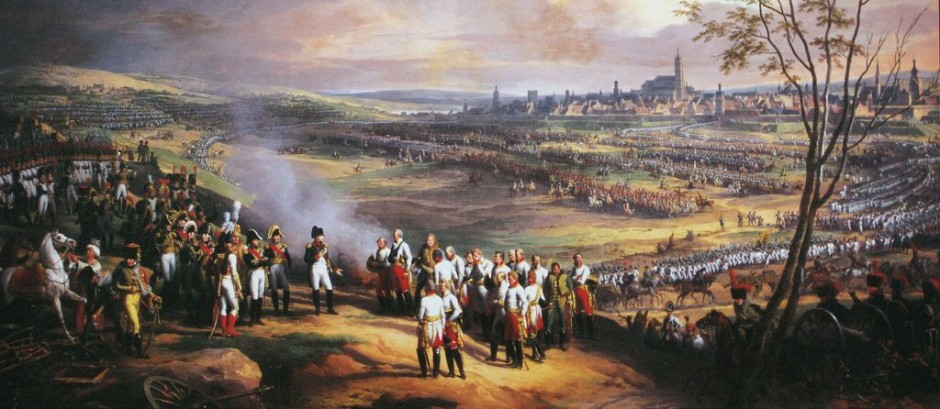How to deconstruct a test or exam question
Deconstruct the prompt: Break down EACH prompt in terms of its components: The Command Word, The Given Factor(s), The Focus, and the Time Period. You must do this in order to fully address the prompt, formulate a thesis, and demonstrate your understanding on an assessment.
Command Word: What will your approach be for addressing the Focus based upon the elements of the Given Factor? In general – A “What” question stem is selective and descriptive in nature. A “Why” question stem is asking you to identify and explain key factors which influenced an event and assess historical causation. A “To what extent” question stem is asking that you identify, select, compare and most importantly to evaluate evidence toward a historical judgment.
Given Factor(s) What is the center of gravity of the prompt? What is the main topic and how can you break it down into three significant subtopics?
Break down the Given Factor into its most important components. Select three components and prioritize them in terms of significance and relevance to both the prompt and the Given Factor. These three, in reverse order (least to most) are your topics for which you must provide evidence, add value through analysis (Focus), and use to establish your argument and prove your thesis.
Focus – How will you evaluate/assess/make sense of the evidence derived from the Given Factor? You must add value to the evidence selected by shaping it toward supporting your thesis and developing an effective argument.
Once you have selected three main evidence components you must discuss them in terms of their significance, their relevance, and their purpose in the argument you are developing to prove your thesis. Analysis of evidence sentences read in the following manner: “This is significant because…”, “This is relevant because…”, “This was influential because”, and “This advances the argument in this way…”
Time Period: This sets the prompt in a particular historical context. This is usually expressed by a date range, a named era, or an identified historical event. The evidence selected from the Given Factor and the Focus of your analysis must reflect the zeitgeist of that time period. Evidence deployed should not be selected from before or after the Time Period.
The establishment of a Time Period in the prompt establishes parameters for your selection of evidence. Choosing evidence components of the Given Factor outside of these parameters renders your analysis irrelevant and off the mark. A named era has particular characteristics which are important for your analysis of evidence in keeping with the Command Word task. Your understanding of the Time Period allows you to provide historical contextualization in the introduction as well as providing meaningful synthesis in the conclusion.
Thesis Statement: Without using words and phrases from the prompt, construct a thesis which will focus upon the most important element of the Given Factor necessary to solve the problem posed by the prompt. Do not list in the thesis statement, do not use conjunctions, do not use ambiguous language in the thesis; anchor the thesis on a singular event or piece of evidence
